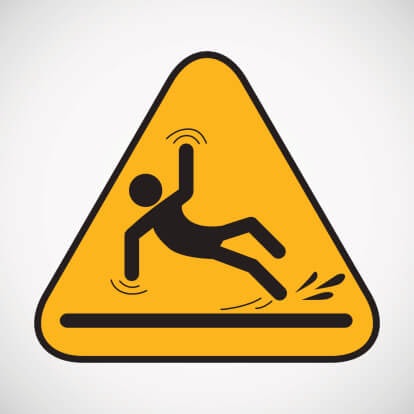How To Avoid Sales Slippage

For nearly all of our clients, the end of every quarter is an important milestone – each with sales goals to meet. As we approach another quarter-end, ensuring that sales opportunities close as expected is critical for every sales leader. How do top-performing sales teams avoid delays in closing sales, and minimize slippage of opportunities into the next quarter?
As we documented in our recent book, The Collaborative Sale, more organizations are increasing the use of well-trained procurement professionals throughout the entire buying process. A common tactic of procurement managers is to draw negotiations out until the very end of the month, quarter or year, because buyers know that sellers become increasingly desperate to close business as the clock ticks forward. To avoid delays at the end of the sales cycle, the sales team must be fully equipped to manage a formalized negotiation, not just at the end of a purchase decision, but throughout the entire sales engagement with a buyer.
5 Key Indicators
Avoiding closing delays starts by knowing if and when a deal is closeable, as indicated by five indicators:
- Does the sales team have access to, and are aligned with, the individuals who have the power to buy?
If not, the customer is more likely to use multiple rounds of negotiation with different levels within the organization, which could extend the final decision date.
- Has the customer agreed to the potential payback of this particular purchase?
If they have not yet acknowledged the value of what you are offering, that will almost certainly result in a delay.
- Has the sales team and the customer received all the required approvals?
Not just from purchasing, but also from legal, technical, administrative, and any other customer groups that need to review the decision.
- Has the customer and the sales team completed all the required steps for the customer to complete a good evaluation?
A good Collaboration Plan will include all of those steps. If your team tries to close before completing the evaluation process, expect pushback from the customer.
- How long has the customer known about the cost?
The final negotiation meeting is not the time to reveal prices. Customers need a reasonable amount of time to socialize and come to consensus on anticipated costs within their organization.
Compelling Reasons to Act
In addition to the preceding criteria, it helps to identify a compelling reason to act (CRTA). A CTRA is a time-bound occurrence, beyond which, if a customer fails to make a decision to act, bad consequences will follow. For example, a customer might be launching a new product, and they need your capabilities to make the results of this event a success. If you can identify a CRTA, it can go a long way in helping to speed up final negotiations.
Even with a clear CRTA, quantifying the cost of delay is a powerful way to emphasize the value of an immediate purchase decision. Every day that goes by is another day that the customer is not receiving that value, increasing the lost opportunity cost. The more quantifiable the value of a solution, the more a customer can be motivated to come to a decision.
Negotiation "Get-Gives"
We have found that a little planning goes a long way in making final negotiation discussions much more effective. Even just a few minutes of planning will improve the likelihood of coming to a satisfactory conclusion on schedule.
We recommend using a simple tool known as the Get/Give List. It enables sellers to think sensibly about agreements they might get from the buyer in exchange for concessions. For example, a seller may ask the customer to extend the terms of business from one year to multiple years, or agree to be a referenceable case study. In exchange, they can offer equivalent value concessions which would be useful to the customer, and not just price discounts.
Now is the time to review opportunities expected to close at the end of this quarter:
- Is it really ready to close? Verify the five closing criteria.
- Has a CRTA been identified?
- Has the cost of delay been calculated – and does the customer agree?
- Have “gives and gets” of equivalent value been determined, for use in final negotiations?
Get industry insights and stay up to date, subscribe to our newsletter.
Joining our community gives you access to weekly thought leadership to help guide your planning for a training initiative, inform your sales strategy, and most importantly, improve your team's performance.






